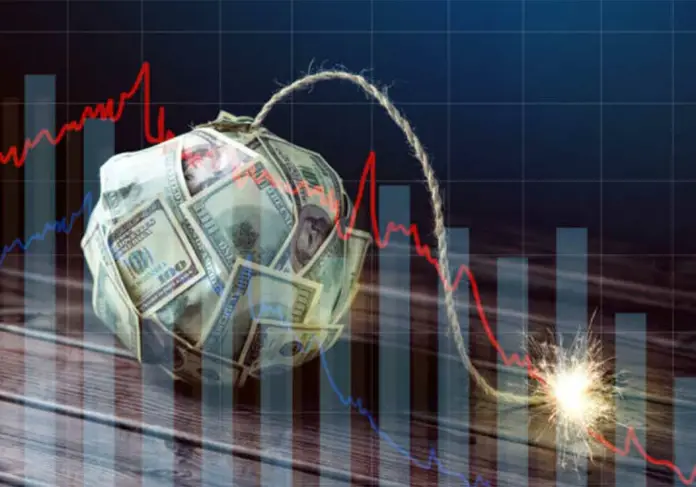The Indian rupee experienced a decline against the US dollar, reaching 82.71 compared to Monday’s rate of 82.6250. At one point during the session, it dropped even lower to 82.7850.
Concerns regarding China’s economic recovery and a hawkish stance from the US Federal Reserve contributed to the continued depreciation of the Chinese yuan. It fell below the 7.10 level, a level not seen since November of the previous year.
The weakness of the Yuan, combined with potential purchases from government entities, is providing support for the USD/INR exchange rate, as stated by a trader from a public sector bank.
In terms of performance, the rupee declined approximately 1.1% thus far in the current month, potentially heading toward its worst performance since December 2022. On the other hand, the dollar index has gained around 2.5% in May.
Anil Bhansali, the head of treasury at Finrex Treasury Advisors, mentioned that the USD/INR pair is encountering some selling pressure around the 82.75-level due to concerns about possible intervention by the Reserve Bank of India (RBI) in the event of further rupee depreciation.
The Indian rupee concluded the trading session with a decline, reflecting ongoing weakness. Meanwhile, forward premiums for the rupee remained near their lowest levels seen in 2023.
The rupee’s performance showcased a downward trend, indicating sustained pressure on the currency. This downward movement could be attributed to various factors affecting the currency’s value.
At the same time, forward premiums for the rupee, which represent the pricing difference between the spot exchange rate and the rate for future delivery, continued to hover around their lowest levels recorded in 2023. This suggests that market participants maintain relatively subdued expectations for the rupee’s performance in the coming months.
It is important to note that the performance of the rupee is influenced by a combination of domestic and global factors, including economic indicators, market sentiment, monetary policy decisions, and geopolitical developments. These factors can impact the currency’s value in the foreign exchange market.







